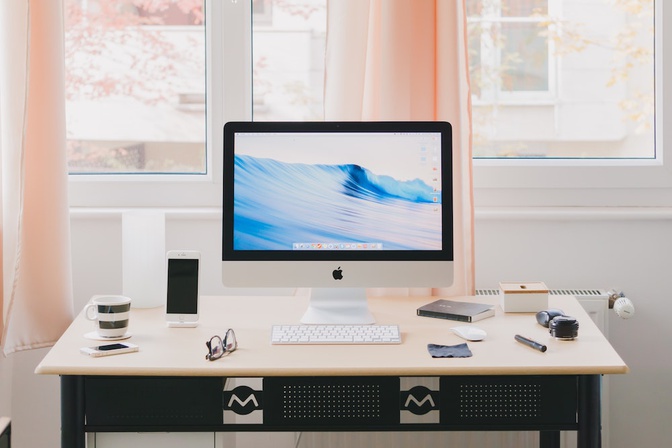Australia’s coronavirus crisis has meant thousands of employees have shifted to work-from-home arrangements. Here’s what you can claim if you swapped the office for the kitchen table in 2020.

The 2019-2020 financial year has thrown a lot of curveballs at Australians, the most recent being the Australian Tax Office (ATO) website crashing on the first day of the new financial year.
With thousands of employees forced to work from home, the ATO has implemented some changes to the way employees claim deductibles on their tax returns. Here are some of the deductions you can and can’t claim, as well as some changes to how you might file your tax return.
A primer, to start: tax deductions are deigned to cover expenses you have incurred while performing your job – when you spend a dollar to make a dollar, that is a tax-deductible dollar. And there are a number of categories you can claim in if you’ve spent money out of your own pocket while working from home. Keep in mind, you’ll need proof in the form of receipts, bills and statements from your employer to make these claims.
Once you know what you’re claiming for, there are three ways to lodge your tax return. The ATO lists these as the shortcut method, the fixed-rate method and the actual costs method. Here’s how they work.
Shortcut method:
This is for those who are new to work-from-home arrangements, particularly those who were required to do so under government restrictions. With this method, you can claim a deduction of 80 cents for each hour you worked from home from March 1 to June 30 2020, as long as you were still working to fulfil employment duties (not just checking emails, for example) and incurred additional costs (such as those listed above) as a result of working from home. This makes your claim quick and easy, and is designed to cover all your running costs. But it also means you can’t claim any additional home office expenses (like furniture you might have purchased to create a work-from-home space, for example). To use this method, enter the 80-cents-an-hour calculation under “other work-related” expenses and include ‘COVID-hourly rate’ as the description.
Fixed-rate method:
This method takes a little longer, but gives you a little more flexibility with your claim. You can claim a deduction of 52 cents for each hour you work from home.
This method allows you to separately calculate phone and internet expenses, computer consumables and stationary (such as printer ink) and depreciation of equipment such as phones, computers and laptops. You’ll need documents such as receipts and phone logs to make claims on these expenses.
Actual cost method:
This method is the most comprehensive, time-consuming and requires the most records and receipts, but it’s also the most accurate method of claiming your exact costs. The actual costs method allows you to claim additional costs of working from home on expenses such as:
You’ll need receipts and other documents to prove these expenses. The ATO website has detailed instructions here on how to work out costs for all of the listed expenses, including calculating cleaning, depreciation and utility bills. Your utility bill calculations must also take into account other members of your household, particularly in shared spaces like the kitchen and living room.
Note that for every method, you’ll need a record of the hours you worked from home in the form of a diary, timesheet or similar, as well as receipts, bills or similar proof of your expenses.
You can find a full list of detailed instructions on the ATO website.



